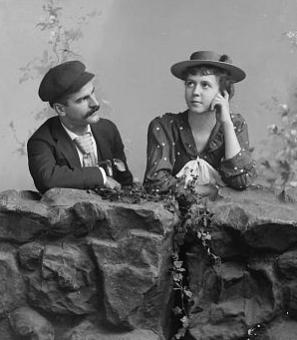Gambling with Marion Barry's Summertime Legacy
While the second week of May was unusually early to begin the summer job search, in 1991, Cori Duvall didn’t have time to waste. On a clear spring morning, she and three of her friends from H.D. Woodson High School made their way to the D.C. Department of Employment Services “to join a loud, bright line of teenagers signing forms, smiling for adults, and all bidding for six-weeks, minimum-wage jobs” offered through the city’s Summer Youth Employment Program.[1]
Cori was standing in front of government officials, who “rattled students’ names from a clipboard like an auctioneer,” when she confessed to the The Washington Post that “I need a real job, and this is my best chance.” Melvin Reid, another high school student who was also waiting in line, echoed the sentiment, “This is very important to me, I need to help my mother out with some money this summer.”[2]
1991 was an uneasy time for the District’s youth. For the first time in recent memory, summer jobs were not guaranteed to every young person who wanted one. D.C. was suffering through a recession, which made employers hesitant to hire and there was a new mayor in town. Marion Barry, who had launched the summer jobs program in 1979, had left office, his political fortunes seemingly torpedoed by scandal.[3]
Elected in Barry’s place was mayor Sharon Pratt Dixon, who vowed to make major changes to a D.C. government living in the enormous shadow of Marion Barry’s mixed legacy. At the top of Dixon’s agenda was to tackle the enormous budget shortfalls left by the Barry administration. Existing programs were under review as the new regime looked for ways to save money.
The popular – and politically useful – Summer Youth Employment Program had been one of Barry’s first initiatives upon assuming office in 1979. As he told a cheering crowd at the annual awards banquet of the New Canaan Baptist Church that October, the program was at the center of his vision to reshape Washington D.C. into a global city:
“I need your support…. We’re going to build 6,000 new units of housing in this city. This Summer we had 30,000 summer jobs. We’re also working in health and infant mortality. And we’re trying to do something about the school system too. I want to make Washington D.C., the number one city, the best city, the premier city in the entire world."[4]
While many cities had developed summer employment programs with federal funding, Barry’s jobs program also drew funding from D.C. taxpayers, who contributed significantly to the initiative over the course of the eighties and nineties.[5] The D.C. taxpayer footed roughly half the bill for Marion Barry’s jobs program over the course of the program’s history.[6]
Kids enrolled in the program, most of whom were economically disadvantaged, embarked on seven weeks of work at local universities, libraries, nursing homes, day care centers, hospitals, theaters, computer laboratories, companies like Xerox and McDonald’s, as well as local and federal government offices.
From the city’s perspective, the program provided not only income for participants, but something more. As public affairs director of the Employment Services Department, Larry Brown told The Washington Post in 1987, “What the job promotes more so than paychecks is the worth of work. There are so many important jobs that the average person would say aren’t important…. all the summer jobs are ‘work worth doing.’”[7]
Some enrollees gained skills which would aid them in their future careers. Students like Laney Moore of McKinley High School, who spent the summer of 1982 at the Penn Center, told The Washington Post, “I’ve been printing and binding for six years,” and “I want to make it my life trade and I’ve been getting valuable experience this summer.”[8]
While many people were happy with their summer job experience, the program was not without its issues.
Throughout Barry’s tenure as mayor, it was plagued by inefficiencies and absenteeism. In 1981, 1,200 out of 14,100 young people failed show up for their first day on the job.[9] Even when teens did show up, complaints emerged about them doing useless tasks, being sent to the wrong employment centers, and having to travel long distances.
Despite such criticisms, Barry’s supporters celebrated the program as an example of the mayor’s ability to bolster and expand the Black middle class by redistributing wealth through public jobs and city contracts. The program was a political win. However, it was also expensive, costing D.C. taxpayers millions of dollars per year. In 1991, under a new mayor intent of cutting costs, it became clear that the program was in jeopardy.[10]
The May 5th Mount Pleasant riots underscored the anxious tone of the 1991 summer job season. Recent violence made many in the city fearful that there would be additional unrest if young people failed to gain employment.[11] Still, the Dixon Administration announced that they planned to cut the program’s budget from $6 million to $600,000, potentially leaving 3,400 applicants out of work. To make up or the reduced jobs program funding, Dixon launched a campaign appealing to private business to support the summer jobs program.[12]
The new mayor and the D.C. Council’s pitch to businesses did not center on a fear of potential violence but, instead, emphasized that private companies providing summer jobs for youth would metastasize into profitable investment. A District official associated with the campaign argued to The Washington Post that providing summer jobs to teenagers was like “investing in capital equipment that will be used for several years.”[13]
Ultimately, the appeals to the business community failed to close the gap. While federal funding allowed for the creation of 5,000 summer jobs, private businesses pitched in with 2,000, and local government supplied 1,400 jobs, there were still 2,400 applicants left unemployed in 1991 because of the cut in local funding.[14]
By March of the following year, it appeared that the summer of ’92 would unfold in much the same way, and that Dixon’s lost gamble would again leave thousands of job-seeking teens idle. Mayor Dixon, who changed her last name to Kelly after marrying in December 1991, continued to slash D.C.’s budget while the city struggled to emerge from the recession. Job fair booths remained empty and lines of applicants wrapped around buildings. Seventeen year old Meredith Wilson was one of those applicants waiting in line. Dressed in her best skirt and stockings, Wilson expressed to The Washington Post how difficult her job search was saying, “I’ve been looking in stores in the mall, going in and asking for an application. It’s hard.”[15]
Relief finally arrived in the form of Urban Aid Bill, which was federal legislation passed in response to the L.A. riots of April 1992. The bill appropriated $3.2 million out of $1.1 billion of federal funding to D.C.’s summer employment program. This injection of federal funds brought the jobs program, which in the previous year was left with 600,000 local dollars and meager federal support after suffering through a $6 million cut in local funding, back from the brink of disaster.[16] The injection of federal funds expanded opportunities for teens to work in their own neighborhoods, and provided additional summer positions in local and federal government. Students also had a greater chance to work within the healthcare field, and the Art/Works program, which provided teens an opportunities to participate in “mural-making, theater, photography, writing, music, dance, and architecture,” had its most successful year in its history.[17]
Two years later, in 1994, Marion Barry was in the midst of an unlikely political comeback and emerged as the leading candidate to challenge Sharon Pratt Kelly for D.C. mayor. By then, Kelly’s Summerworks, the reincarnation of Barry’s summer job program, was flourishing. 1994 saw 16,700 out of 18,000 participants complete their summer job assignment. Stealing a page out of Barry’s political playbook, Kelly touted the summer jobs program, which she nearly eliminated, as one of the most tangible successes in an administration fraught with scandal and turmoil.[18]
Not to be outdone, Barry also leaned on the jobs program to bolster his resume, telling The Washington Post that some of his strongest supporters were people who got their first job under his administration. “They remind me every day, I got my first summer job under you, Marion Barry.”[19]
Regardless of who claimed credit, it’s clear the summer jobs program achieved a special place in the hearts of many D.C. residents. As program participant Beatice Miller boasted in 1994 while painting a mural on a school building, “This will always be up here. One day I will bring my children to see this.”[20]
Barry, of course, completed his political comeback in 1994, when he was elected for a fourth term as D.C.’s mayor. The Summer Youth Employment program has continued ever since, and was renamed in his honor in 2015.
Footnotes
- ^ Rene Sanchez, “Gambling on a Summer Job in D.C.: Youths May be Turned Away for 1st Time in Scaled-Back program,” The Washington Post, May 18, 1991, ProQuest Historical Newspapers: The Washington Post.
- ^ Ibid.
- ^ Carlos Sanchez, Rene Sanchez, “Dixon Imposes Curfew on Mt. Pleasant Area as Police, Youths Clash for a Second Night: Skirmishes, Looting Spread Under Cloud of Tear Gas,” The Washington Post, May 7, 1991, ProQuest Historical Newspapers: The Washington Post; Jessica Portner, “Proposed Cuts Threaten Summer Job Program,” Washington Post, January 31, 1991, ProQuest Historical Newspapers: The Washington Post.
- ^ Nicholas Leman, “The Question is: Will he Deliver,” The Washington Post, December 16, 1979, ProQuest Historical Libraries: The Washington Post.
- ^ Sara Heller, Judd Kessler, “How To Allocate Slots: the Market Design of Summer Youth Employment, accessed June 20, 2018, http://assets.wharton.upenn.edu/~juddk/papers/HellerKessler_SYEP_2017.pdf; Judith Valente, “1 in 3 Eligible Youths in District Fails to Appear for Summer Job: Some Youths don’t Show for D.C. Summer Jobs,” The Washington Post, June 22, 1980, ProQuest Historical Newspapers: The Washington Post; Hamil Harris, “District Weekly: Quitting Time for Youths in Jobs Program Record Number took Part in Gaining Work Skills
- ^ Linda Wheeler, “D.C. Youths Start Summer Jobs: 17,000 Have Signaled Up for 9th Annual Employment Program,” The Washington Post, June 28, 1988, ProQuest historical Libraries: The Washington Post.
- ^ Kuae Noel Kelch, “D.C. Youths Learn while they Earn: Mayor’s Summer Jobs Program Promotes more than just Paycheck D.C. Youths Earn while they Learn in Summer Jobs Program,” The Washington Post, August 10, 1987, ProQeust
- ^ Gerald Hail, “District’s Summer Jobs Program Appears to be Working Diligently: Summer Jobs Program Seems Diligently at Work,” The Washington Post, August 7, 1982, ProQuest HistoricalNewspapers: The Washignton Post.
- ^ Thomas Morgan, Peter Eng, “City Summer Jobs Program off to its Usual Glitch-Riddled Start: Summer Jobs Program off to Glitch-Filled Start, The Washington Post, June 25, 1981, ProQuest Historical Newspapers: The Washington Post.
- ^ Chris Myers Asch, George Derek Musgrove, Chocolate City: A History of Race and Democracy in the Nation’s Capital (Chapel Hill: University of North Carolina Press, 2017), 423.
- ^ Rene Sanchez, “Gambling on a Summer Job in D.C.: Youths may be Turned Away for 1st Time in Scaled-Back Program,” May 18, 1991.
- ^ Rudolph Pyatt, “Summer Jobs Program Invests in Future,” The Washington Post, June 3, 1991, ProQuest Historical Newspapers: The Washington Post.
- ^ Ibid.
- ^ Andrew Brownstein, “Urban Aid Bill Means Summer Jobs for more D.C. Teens,” The Washington Post, June 23, 1992.
- ^ Beth Kaiman, “Job Fair Offers Sign of Times: Teens, Parents Find Few Looking to Hire,” The Washington Post, March 5, 1992, The Washington Post, ProQuest Historical Newspapers; The Washignton Post
- ^ Andrew Brownstein, “Urban Aid Bill Means Summer Jobs for more D.C. Teens,” The Washington Post, June 23, 1992.
- ^ Shaun Sutner, “More Youths Needed for City’s Summer Jobs Program,” The Washington Post, July 2, 1992, ProQuest Historical Newspapers: The Washington Post.
- ^ Chris Myers Asch, George Derek Musgrove, Chocolate City: A History of Race and Democracy in the Nation’s Capital (Chapel Hill: University of North Carolina Press, 2017), 416.
- ^ Hamil Harris, “District Weekly: Quitting Time for Youths in Jobs Program Record Number Tool Part in Gaining Work Skills,” The Washington Post, August 11, 1994, ProQuest Historical Newspapers: The Washington Post.
- ^ Hamil Harris, “District Weekly: Quitting Time for Youths in Jobs Program Record Number took Part in gaining Work Skills,” The Washington Post, August 11, 1994, ProQuest Historical Newspapers: The Washington Post.


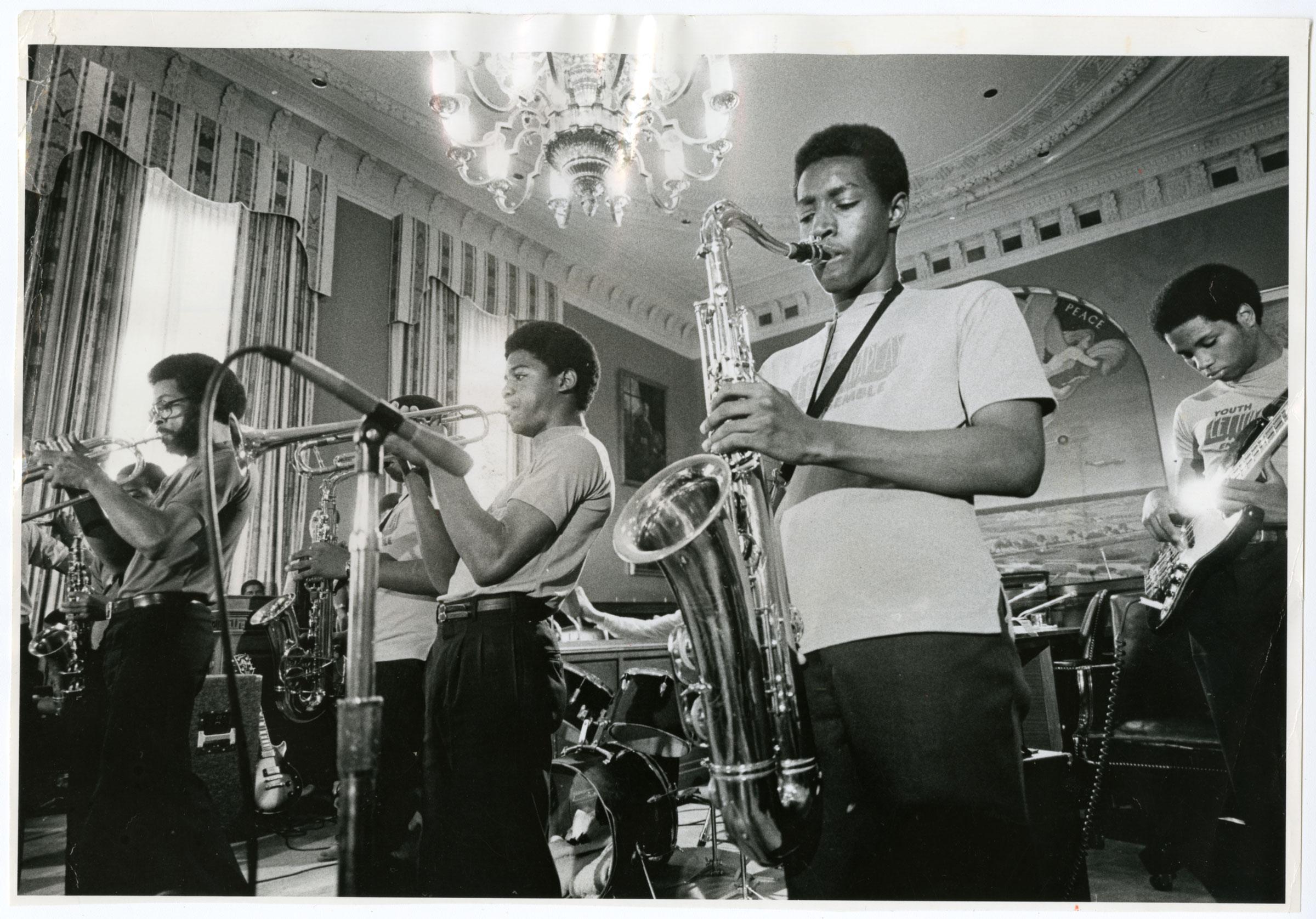
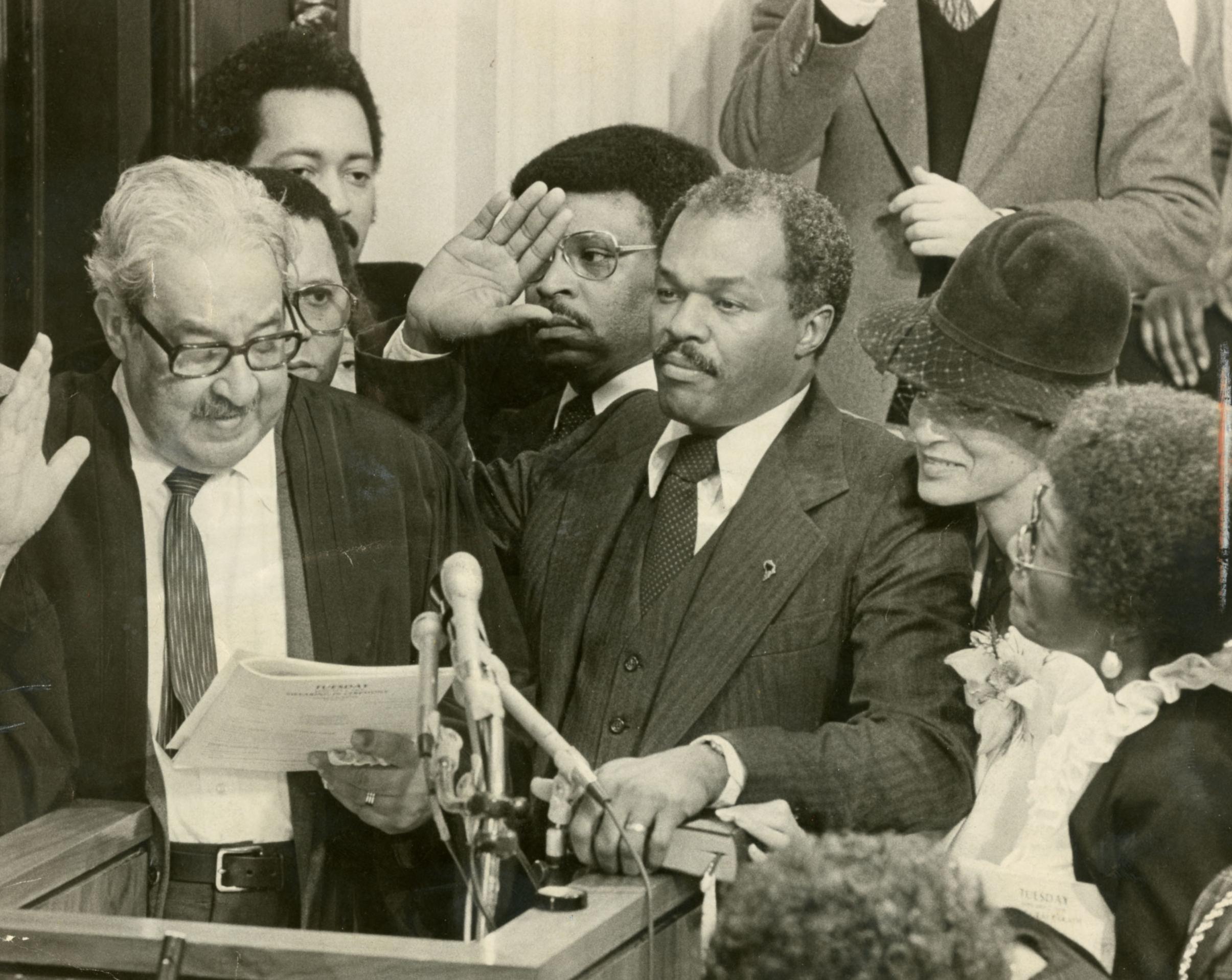
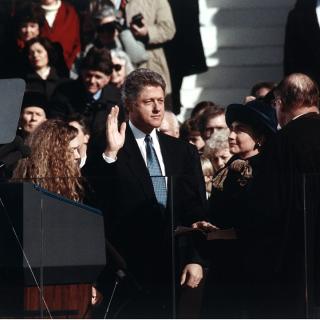
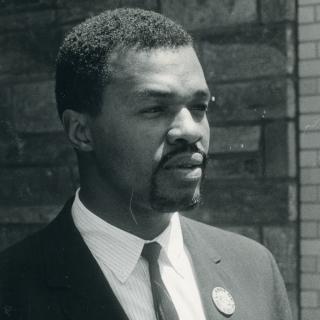
![“The restored Lincoln Theatre, once a premier African-American entertainment venue, Washington, D.C.” (Photo Source: The Library of Congress) Highsmith, Carol M, photographer. The restored Lincoln Theatre, once a premier African-American entertainment venue, Washington, D.C. United States Washington D.C, None. [Between 1980 and 2006] Photograph. https://www.loc.gov/item/2011636050/. “The restored Lincoln Theatre, once a premier African-American entertainment venue, Washington, D.C.” (Photo Source: The Library of Congress) Highsmith, Carol M, photographer. The restored Lincoln Theatre, once a premier African-American entertainment venue, Washington, D.C. United States Washington D.C, None. [Between 1980 and 2006] Photograph. https://www.loc.gov/item/2011636050/.](/sites/default/files/styles/crop_320x320/public/17856v.jpg?itok=KiWAaHRq)
![Sketch of the mythical fuan by Pearson Scott Foresman. [Source: Wikipedia]](/sites/default/files/styles/crop_320x320/public/2023-10/Goatman_Wikipedia_Faun_2_%28PSF%29.png?h=64a074ff&itok=C9Qh-PE1)











